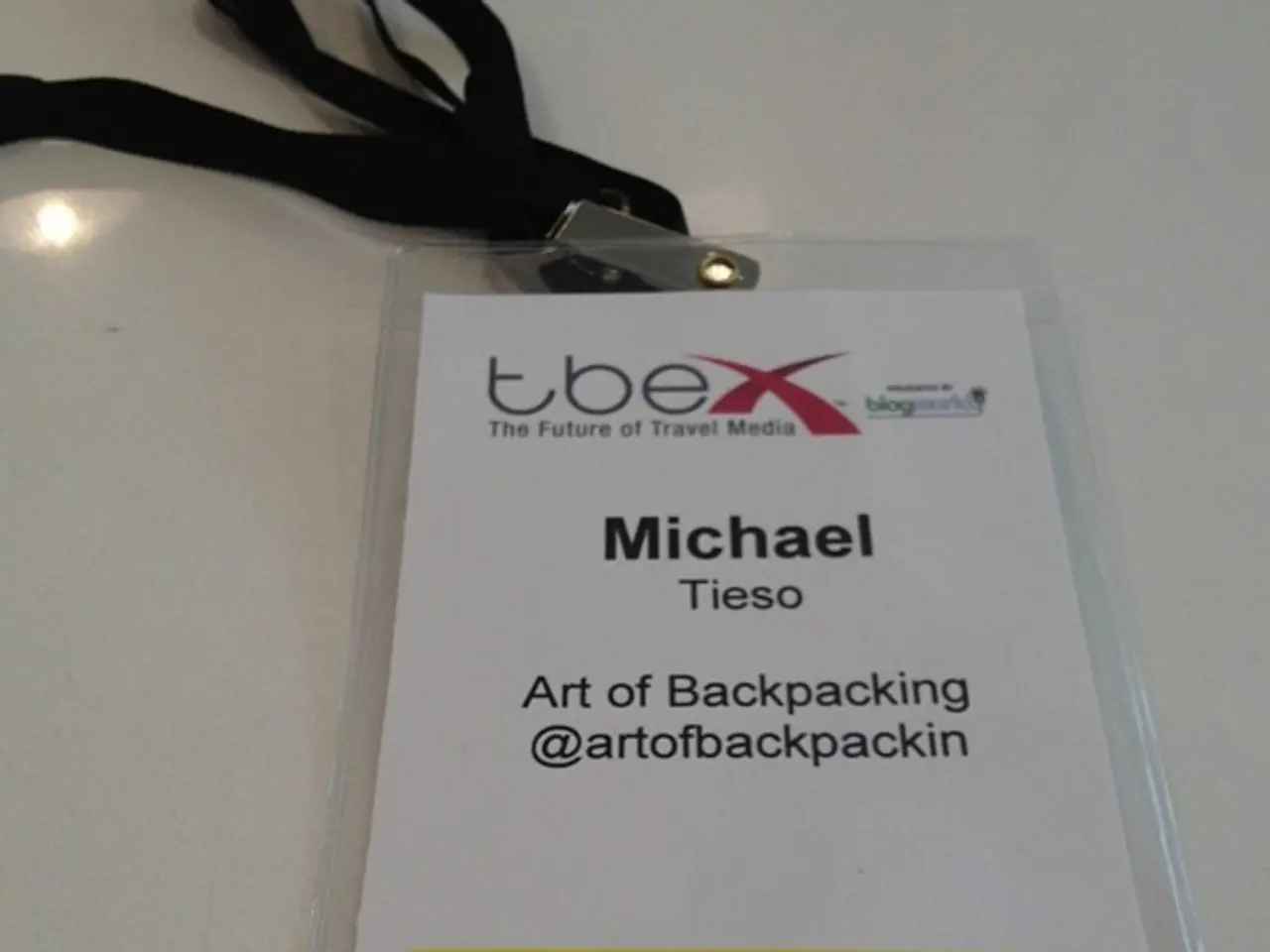Human-Machine Partnership Accelerates Customized Production Based on User Demands
In the world of modern manufacturing, the focus has shifted towards human-machine collaboration, with smart factories becoming the new norm. This evolution revolves around the integration of AI-enabled collaborative robots (cobots), the Industrial Internet of Things (IIoT), digital twins, and advanced analytics to enhance efficiency, safety, and flexibility.
One key trend in this transformation is the adoption of collaborative robots (cobots). These robots, designed to work side-by-side with humans without safety barriers, use sensors to prevent collisions. They take over repetitive or dangerous tasks, freeing up human workers to focus on higher-level tasks such as quality control and process improvements. Their intuitive programming, often via demonstration or natural language, makes them accessible even for small and medium manufacturers facing talent and expertise shortages.
Artificial Intelligence (AI) plays a significant role in this new landscape. AI enhances data collection, anomaly detection, root-cause analysis, and autonomous corrective actions on the production floor, allowing for real-time optimization without significant production interruptions. AI agents and copilots assist human operators by analysing complex data and suggesting improvements.
Digital twins and virtual simulation are another crucial aspect of smart manufacturing. These replicas of physical assets or full production lines enable manufacturers to conduct simulations and test improvements preemptively, reducing operational risk, downtime, and costs.
The integration of IIoT is foundational for real-time monitoring, predictive maintenance, and agile production scheduling. It connects machines, sensors, and systems to enable seamless data exchange and orchestration of physical, digital, and business processes.
Smart manufacturing allows for quick changeovers, supports small-batch and mixed-line production, and shortens time-to-market by leveraging digital tools and automation, responding dynamically to market fluctuations.
The benefits of this human-machine collaboration are numerous. Enhanced efficiency and productivity are achieved through the reduction of manual labor on repetitive tasks, speeding up processes, and optimizing machine operation parameters. Improved workplace safety is another advantage, as collaborative robots minimize human exposure to hazardous or strenuous tasks, reducing injuries and associated costs while fostering safer work environments.
The lower barrier to automation adoption is a significant advantage for manufacturers with limited automation expertise. Intuitive programming and AI assistance enable these manufacturers to deploy collaborative robots effectively, democratizing access to advanced manufacturing technologies.
Higher product quality and consistency are also achieved through continuous monitoring, AI-based defect detection, and automatic process adjustments. This ensures better process stability and reduces scrap rates.
Reduced operational costs are another advantage, with predictive maintenance reducing downtime and expensive post-failure repairs, while optimized energy and material usage cuts waste, improving cost efficiency.
Improved decision-making is facilitated through digital twins and AI-powered analytics, providing data-driven insights that allow managers and engineers to make confident, informed choices that improve overall plant performance.
Agility and flexibility are key benefits of smart manufacturing, with the integration of smart technologies supporting rapid adaptation to customer demands and market changes through flexible manufacturing systems and real-time process control.
In summary, human-machine collaboration in smart manufacturing leverages AI, collaborative robots, and digital technologies to create safer, more efficient, and flexible production environments where humans and intelligent machines complement each other’s strengths, driving significant operational and economic benefits.
- The finance industry can benefit from the efficiencies and cost reductions gained through smart manufacturing practices, as businesses can invest less in manual labor and more in other areas due to enhanced productivity.
- In the education and self-development space, the rise of collaborative robotics and AI in the manufacturing industry opens up opportunities for training programs that teach individuals how to program these technologies, providing new potential career paths.
- Technology innovation in the manufacturing industry, such as the integration of AI, collaborative robots, digital twins, and the IIoT, has the potential to influence other sectors, inspiring similar advances in areas like agriculture, healthcare, and transportation, driving a broader digital transformation.




